South Africa is at risk from a wide range of natural and technological hazards that can lead to disasters such as droughts, floods, major fires, tornadoes, major oil spills and even earthquakes.
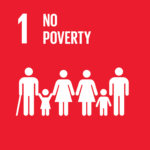
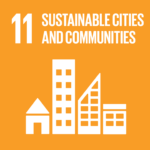

South Africa is at risk from a wide range of natural and technological hazards that can lead to disasters such as droughts, floods, major fires, tornadoes, major oil spills and even earthquakes.



Last updated: 15 January 2020 | Authors: Claire Davis-Reddy and Amelia Hilgart
A disaster is a progressive or sudden, widespread or localised, natural or human-caused incident that: (a) causes or threatens to cause death, injury or disease, damage to property, infrastructure or the environment, or disruption of the life of a community, and (b) is of a scale that exceeds the ability of those affected by the disaster to cope with the effects using only their own resources. Disasters are classified into two groups by the International Strategy for Disaster Reduction: natural and technological.
Natural disasters refer to events such as floods, storm surges, droughts, wildfires, lighting strikes, landslides, heat waves, hail storms, wind storms, and tornadoes
Technological disasters refer to hazards that stem from technological or industrial conditions. Examples include industrial pollution, nuclear activities and radioactivity, toxic wastes, dam failures; transport, industrial or technological accidents (explosions, fires, spills).
Identifying hazards, and understanding their potential impact on people and assets is a fundamental element of guiding resilient development. An extreme event (or hazard) alone does not necessarily cause a disaster. Disaster risk is related to the ongoing, chronic, or persistent environmental, economic, and/or social risk factors (a predisposition for loss and damage) combined with the exposure to hazards. High exposure and vulnerability levels will transform even some small-scale (slow-onset) events into disasters for some affected communities. Recurrent small or medium-scale events affecting the same communities may lead to the erosion of its development base and livelihood options, thus increasing vulnerability to future events. Natural and human-induced factors can also act together to create a disaster. A landslide can be caused by a combination of heavy rains and deforestation.
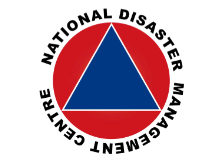
The mandate for disaster risk management in South Africa is the responsibility of the National Disaster Management Centre (NDMC), whose objective is to coordinate and promote integrated disaster 3 management at all levels of government, national, provincial and local municipalities as well as with other role players.
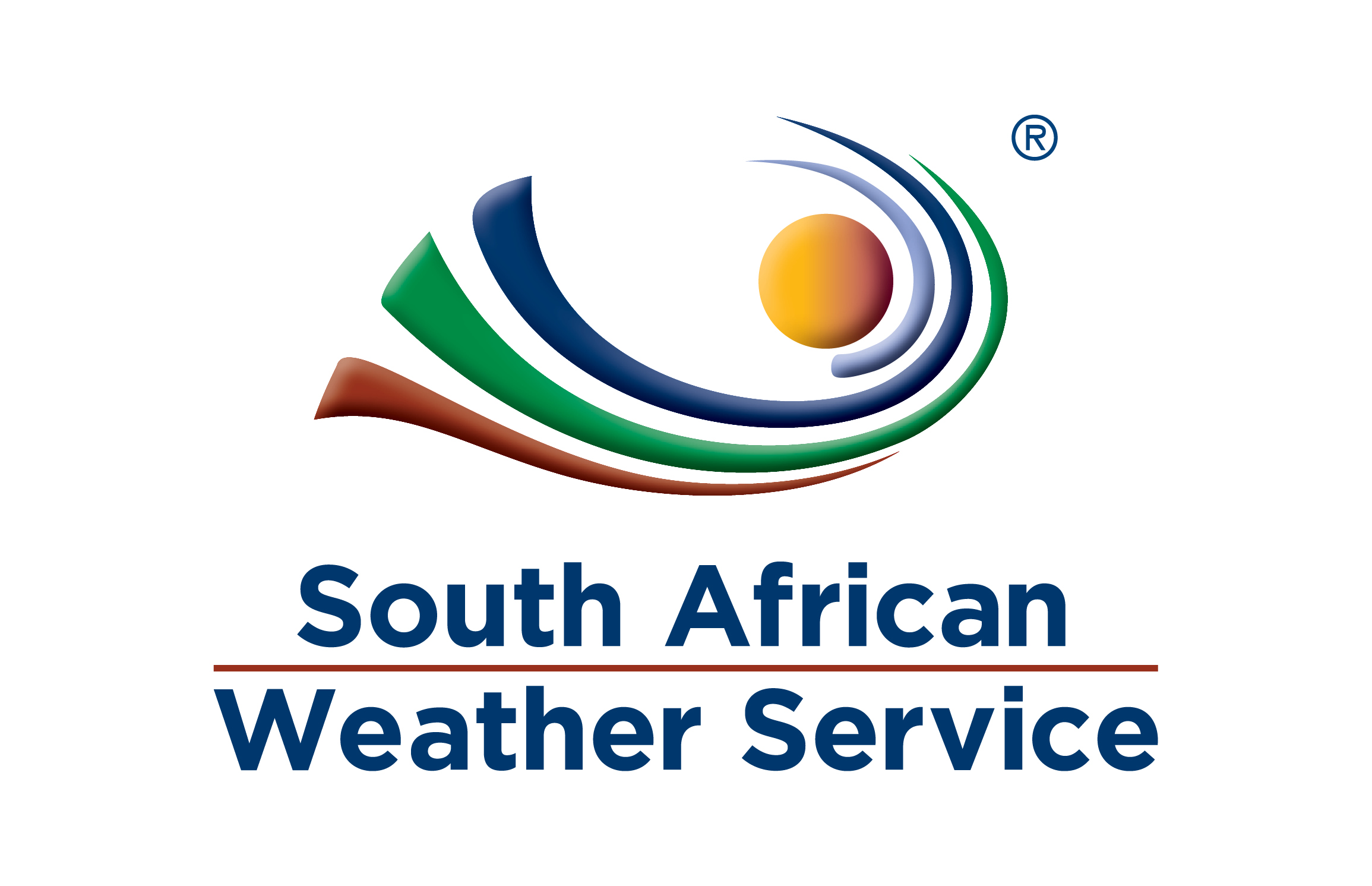
The South Africa Weather Service (SAWS), is the legally mandated institution, as per the Weather Service Act (RSA, 2001), responsible for weather and climate forecasting and the issuing of severe weather related alerts in South Africa. SAWS also produces maintains the CAELUM weather events database – a description of extreme weather events.
There are three global disaster loss databases: NatCatSERVICE (Munich Re), Sigma (Swiss Re) and EM-Dat (Centre for Research on the Epidemiology of Disasters). Each of these databases provides access to records about disaster occurrence, damages, losses and impacts, compliant with the Sendai Framework for Disaster Risk Reduction 2015-2030 monitoring minimum requirements.
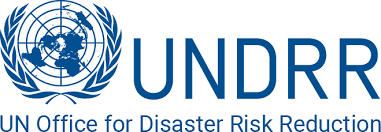
DesInventar is a Disaster Management Information System for generating National Disaster Inventories and constructing databases that capture information on damage, loss and general effects of disasters. It is also used to store the data sets that are reported on in the Global Assessment Reports on Disaster Risk Reduction. There is currently no internationally standardised database on loss or damage of disaster events for South Africa.
Data fragmentation, unavailability and/or poor data quality is one of South Africa’s most significant challenges to improved risk management planning, mitigation, and disaster loss reporting. Although there is a growing number of international and national initiatives aimed at publishing disaster loss data, open access, integration and reuse remains difficult due to interoperability barriers to working with datasets. The lack of systematic and standardised data reporting on disasters forms a major weakness for any long-term disaster planning. Improved data collection and consolidation combined with open access will facilitate evidence-based decisions and actions.
There are a number of key differences between the natural disaster deaths reported by the Statistics South Africa Vital Statistics (StatsSA, 2019) and EM-DAT [CRED (Centre for Research on the Epidemiology of Disasters), 2020] for South Africa between 1997 and 2016 (see Figure below). Firstly, the total number of deaths over the 20 years was markedly different between the two datasets and between the number of deaths per disaster class. The data from EM-DAT shows that the highest number of deaths were a result of epidemics (e.g., cholera, diarrheal disease, and SARS) and floods whereas the data from StatsSA shows that lightning strikes are the most common cause of disaster-related deaths with cold extremes being second. These differences are a result of the source of the data and how deaths are defined and classified in each of the databases.